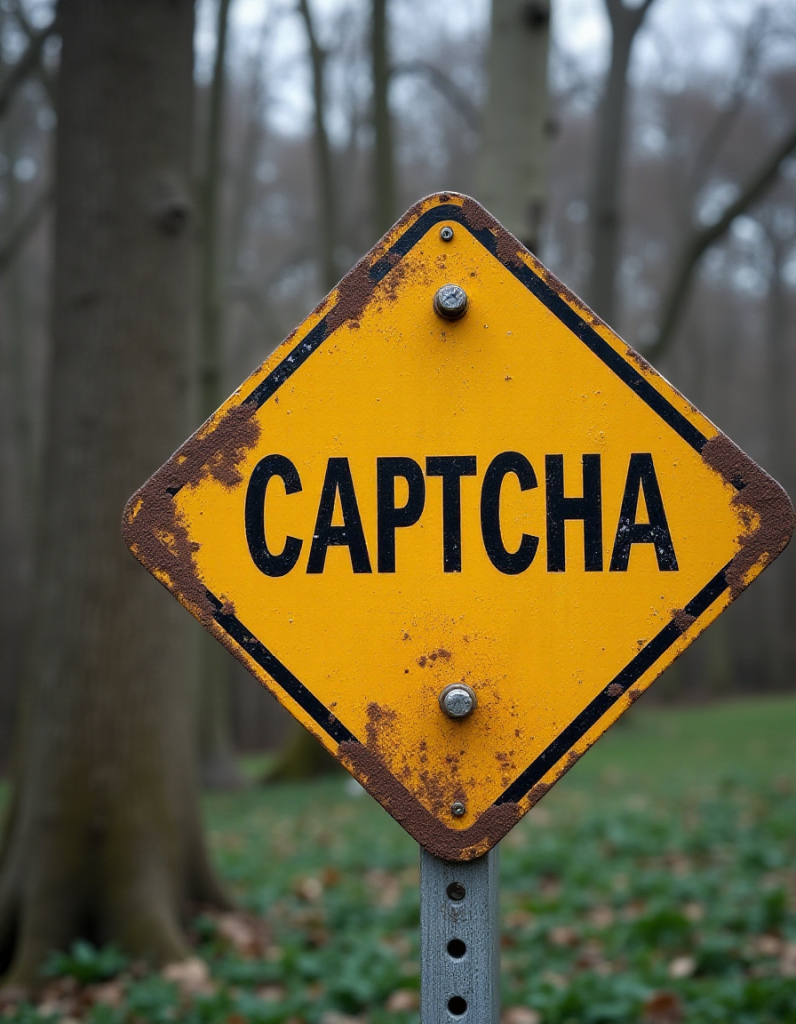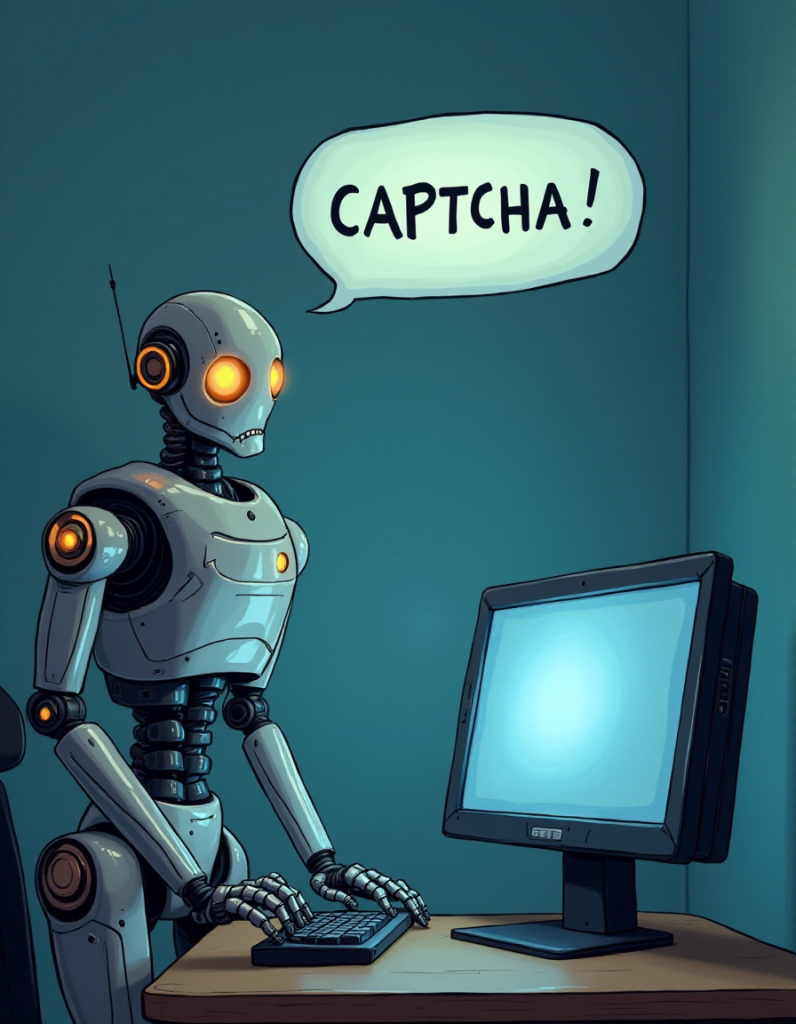In a notable development, AI bots have successfully mastered the art of solving traffic-image CAPTCHAs, surpassing human performance with a perfect success rate. This advancement, spearheaded by ETH Zurich PhD student Andreas Plesner and his team, highlights the capabilities of image-recognition bots in achieving 100 percent accuracy, marking a transformative moment in CAPTCHA technology and AI performance.

Understanding CAPTCHAs and Their Evolution
CAPTCHAs, commonly encountered by internet users, are designed to differentiate humans from bots by prompting the identification of objects such as bicycles, crosswalks, or traffic lights in images. Google’s ReCAPTCHA v2 is widely known for this format, although it is gradually being replaced by the less intrusive reCAPTCHA v3, which analyzes user interactions without explicit challenges. Despite this transition, v2 remains widely used, with some websites reverting to it when a user’s authenticity is in question.
The Role of YOLO in Beating CAPTCHAs and Increasing Bot Authenticity
To develop a bot capable of bypassing reCAPTCHA v2, Plesner’s team utilized an advanced version of the YOLO (“You Only Look Once”) object-detection model. This model noted for its real-time object detection capabilities even on limited-power devices, has been associated with video game cheats and malicious software in the past. By refining YOLO with a dataset of 14,000 labeled traffic images, the researchers achieved a system proficient in accurately identifying reCAPTCHA v2’s 13 image categories.
The team also tackled secondary “type 2” challenges, which require selecting specific segments of images. A separate pre-trained YOLO model addressed nine out of the 13 categories and requested new images for the rest. Accuracy varied among categories, with motorcycles at 69 percent and fire hydrants at 100 percent accuracy. These strategies enabled the bot to consistently overcome CAPTCHA challenges.

To enhance the bot’s effectiveness and mimic human behavior, the team integrated a VPN to obscure repeated IP address attempts and implemented a mouse movement model to simulate human actions. They further spoofed browser and cookie data derived from genuine browsing sessions to bolster the bot’s human-like authenticity.
Past attempts to use image-recognition models for cracking reCAPTCHAs resulted in moderate success rates of 68 to 71 percent. However, Plesner’s team’s achievement of a 100 percent success rate signifies a pivotal shift in CAPTCHA technology. The implications suggest that traditional CAPTCHAs may no longer suffice as a defense against AI.

Implications and the Future of CAPTCHA Technology
The progression of CAPTCHA technologies, from defeating audio challenges in 2008 to text-based ones in 2017, underscores the relentless advancement of AI. As AI systems increasingly excel in solving image-based CAPTCHAs, human verification is likely transitioning to more nuanced methods, such as device fingerprinting. In response, Google emphasizes its commitment to protecting users with minimal challenges, noting that most reCAPTCHA protections are now invisible across millions of sites globally.
As AI replicates human tasks with increasing precision, distinguishing between humans and machines in the digital realm becomes more challenging. The research paper’s authors suggest that “a good CAPTCHA marks the exact boundary between the most intelligent machine and the least intelligent human.” As machine learning continues to narrow this gap, developing truly effective CAPTCHAs presents a complex challenge.

Summary
The accomplishment by Andreas Plesner and his team in creating AI bots capable of flawlessly solving traffic-image CAPTCHAs represents a major milestone in both AI and CAPTCHA technologies. This achievement highlights the rapid evolution of machine learning models and challenges current digital security and human verification approaches. As AI increasingly mimics human behavior, the tech community is urged to innovate and devise more sophisticated methods to ensure online security and authenticity. CAPTCHA technology, like AI itself, is perpetually adapting and evolving, reflecting the ongoing interplay between technological advancement and security measures.


Yavor
Images were done with our Tangram Holo app, try it for free at https://app.tangramholo.com/